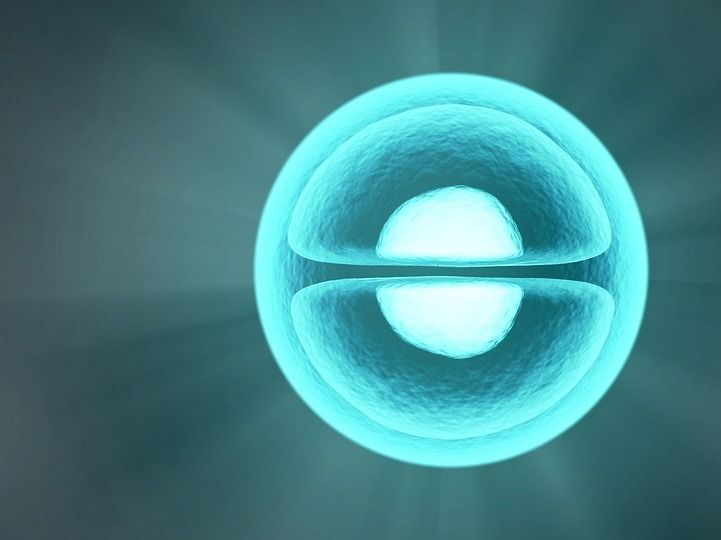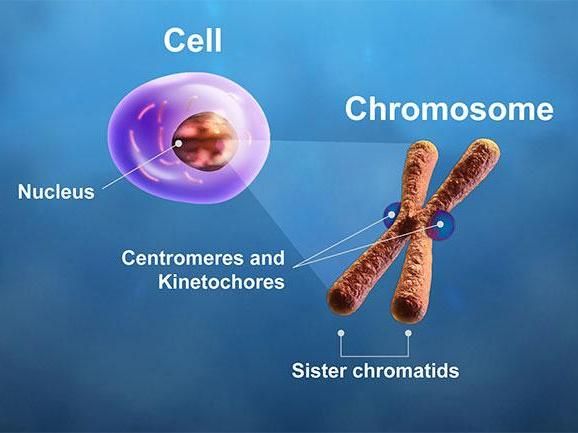A lipid’s role in cell division
Proper cell division is a basic process critical to cell survival. A ring composed of actin filaments and myosin motor proteins pinches the cell apart, producing two daughter cells with equal amounts of cellular components.

ar130405; pixabay.com; CC0
Kathleen Gould , Ph.D., and colleagues characterized how this powerful contractile ring remains anchored to the plasma membrane allowing symmetric division.
Decreased amounts of the lipid family of phosphoinositides (PIPs) in the plasma membrane have been shown to cause cytokinesis defects. Despite this, how lipid levels could affect contractile ring function was unknown.
PIP levels are regulated by a known set of proteins including Efr3 in Schizosaccharomyces pombe. When efr3 was knocked out in S. pombe, PIP levels were reduced in the plasma membrane. Interestingly, the cytokinetic ring slid away from the cell center, leading to asymmetrical division.
The work suggests that contractile ring anchoring may be dependent on a plasma membrane localized complex regulating PIP levels.
Original publication
Chloe E. Snider, Alaina H. Willet, Jun-Song Chen, Göker Arpağ, Marija Zanic, Kathleen L. Gould; "Phosphoinositide-mediated ring anchoring resists perpendicular forces to promote medial cytokinesis"; J Cell biology; 2017
Most read news
Original publication
Chloe E. Snider, Alaina H. Willet, Jun-Song Chen, Göker Arpağ, Marija Zanic, Kathleen L. Gould; "Phosphoinositide-mediated ring anchoring resists perpendicular forces to promote medial cytokinesis"; J Cell biology; 2017
Organizations
Other news from the department science

Get the life science industry in your inbox
By submitting this form you agree that LUMITOS AG will send you the newsletter(s) selected above by email. Your data will not be passed on to third parties. Your data will be stored and processed in accordance with our data protection regulations. LUMITOS may contact you by email for the purpose of advertising or market and opinion surveys. You can revoke your consent at any time without giving reasons to LUMITOS AG, Ernst-Augustin-Str. 2, 12489 Berlin, Germany or by e-mail at revoke@lumitos.com with effect for the future. In addition, each email contains a link to unsubscribe from the corresponding newsletter.
Most read news
More news from our other portals
Last viewed contents

The power of tea

Study finds potential new biomarker for cancer patient prognosis






















































